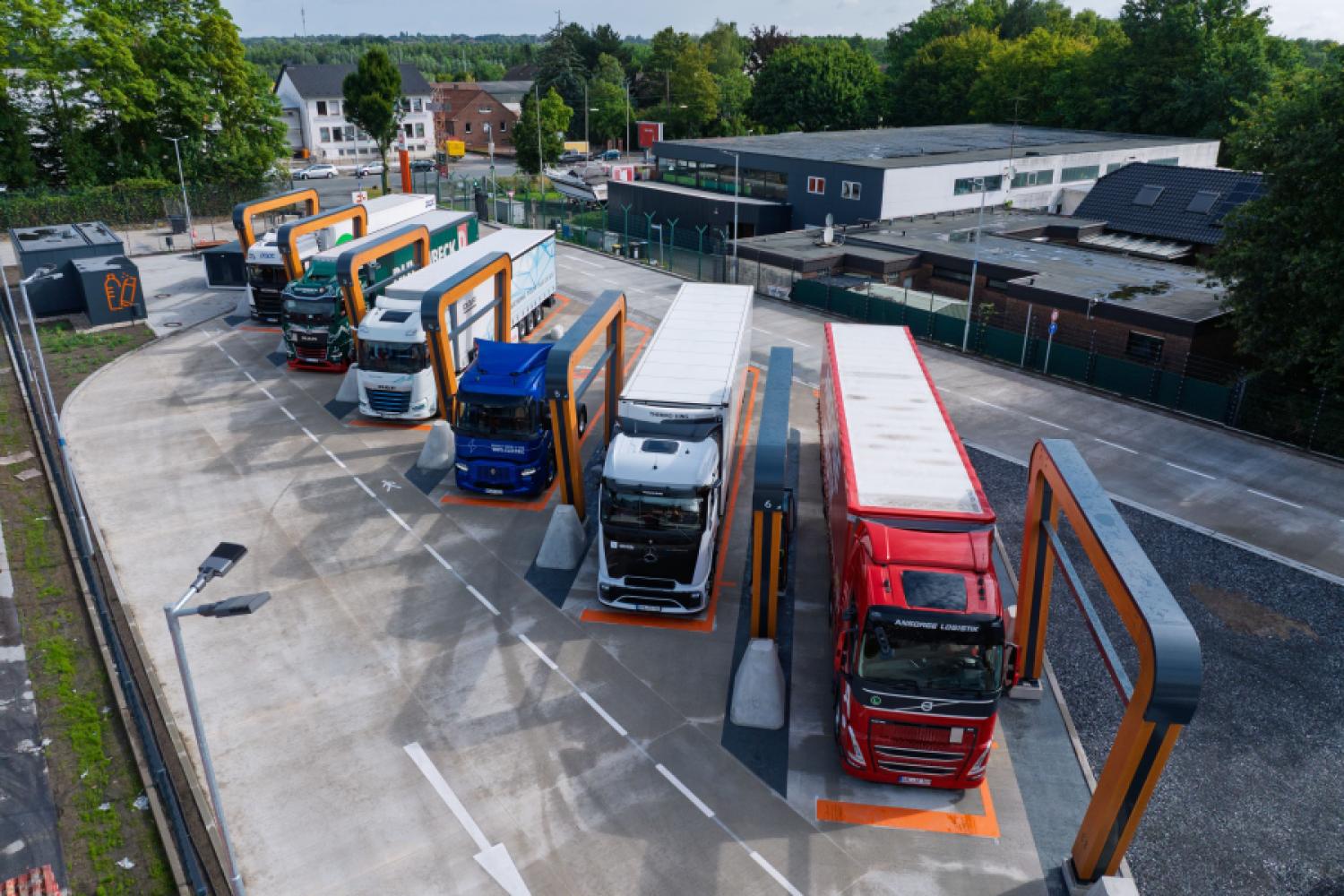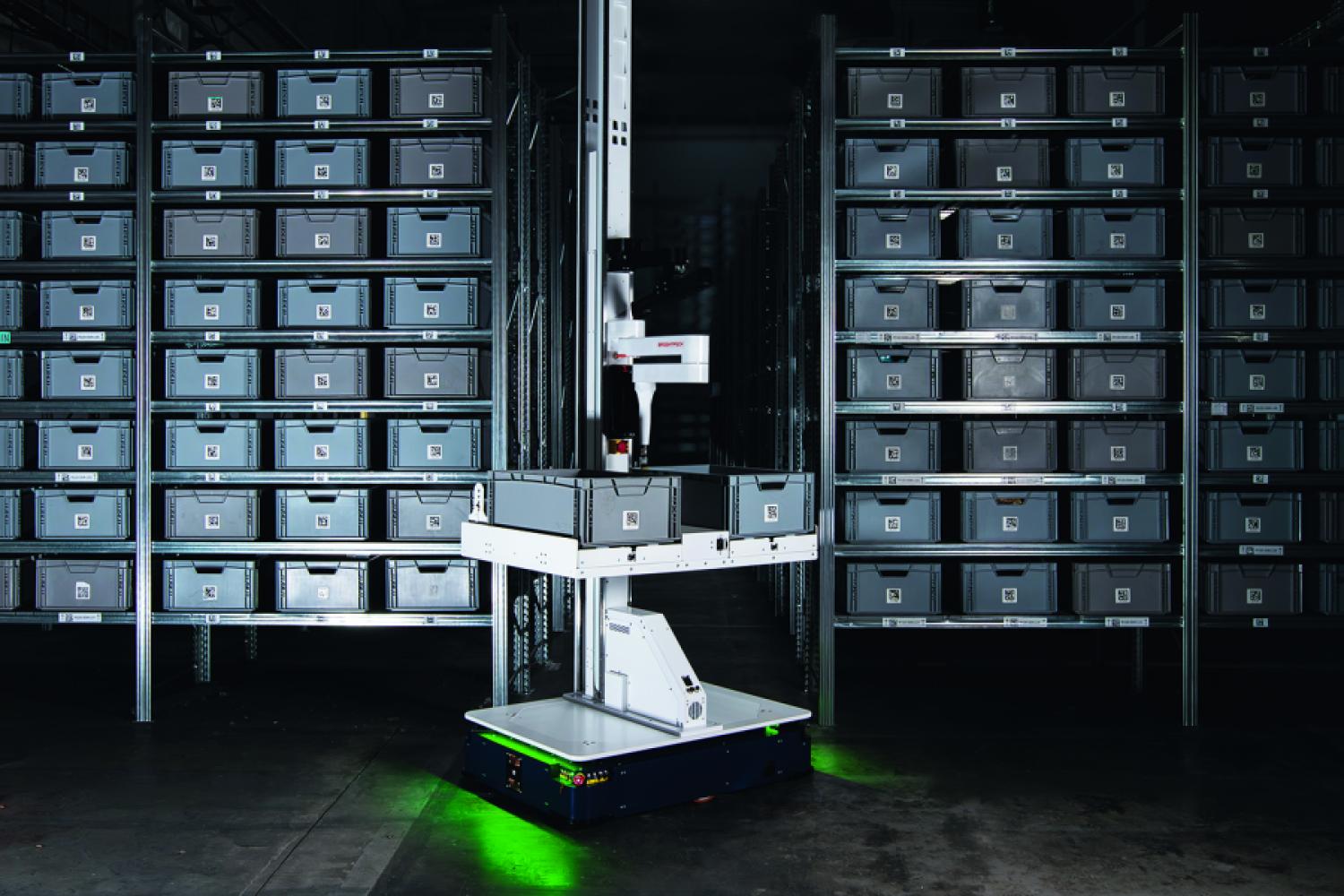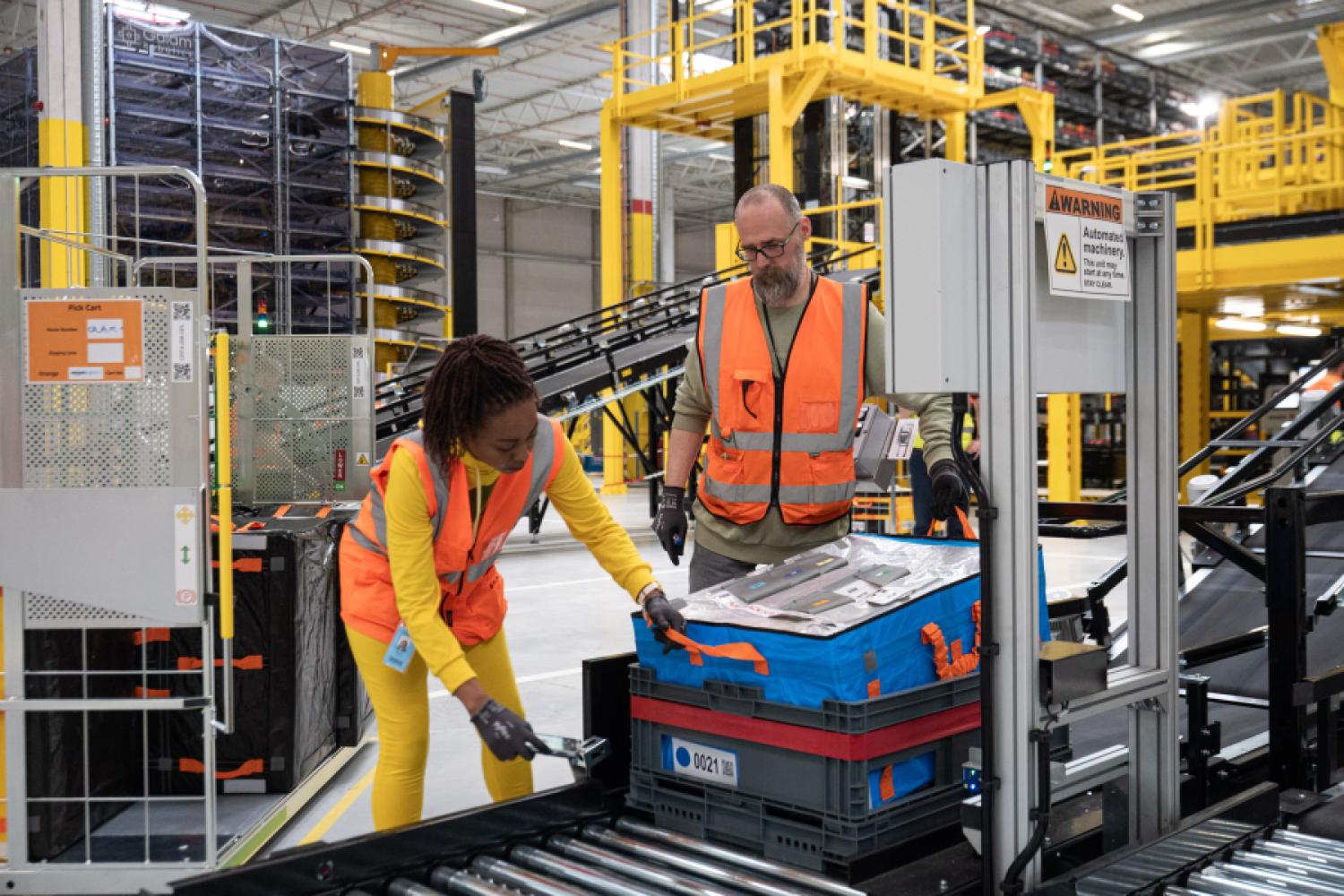Warehouses are the heart of many companies – they determine how efficiently goods flows are organized, workflows are designed, and available spaces are utilized. Yet, while business processes and customer demands are continuously evolving, the warehouse structure often remains unchanged for years. This can lead to inefficient operations, unnecessary time loss, and rising costs. On the other hand, a well-thought-out warehouse optimization not only creates order but also increases profitability and ensures long-term competitiveness.
When is the right time for a warehouse redesign?
Whether due to a growing volume of orders, new product ranges, or legal requirements – there are numerous reasons to reconsider existing warehouse structures. Nevertheless, a redesign is often only considered when bottlenecks or inefficiencies are already impacting operations.
The first indication of a need for optimization is long search times: if
employees regularly spend valuable working time searching for or rearranging goods, it not only leads to delays but also to avoidable productivity losses. Lack of space is also a clear sign that adjustments are necessary. Often, shelves are overcrowded while other warehouse areas remain unused because the available space is not efficiently structured.
Another challenge is posed by rigid shelving systems that are difficult to adapt to changing requirements. It becomes particularly problematic when chaotic structures lead to incorrect picking of goods or delayed deliveries.
Errors in warehousing affect not only internal processes but can also negatively influence customer satisfaction and thus the company's success. Early optimization helps avoid such problems, accelerates processes, and reduces costs in the long term.
Efficiency through optimized warehouse structures
A warehouse redesign does not have to be expensive or
complicated – the crucial factor is a clear strategy. The first step is to precisely analyze the individual requirements of the warehouse.
Optimizing walking paths plays an essential role in this. Shorter, logically structured paths allow employees to reach goods faster and reduce unnecessary detours. Equally important is a well-thought-out shelving structure that corresponds both to the type of stored products and the respective picking method. For example, frequently used items can be placed directly near shipping areas to speed up access.
Moreover, the available space should be optimally utilized. Often, modern shelving systems can achieve higher storage capacities on the same area without requiring physical expansion. Safety and ergonomic requirements must also be considered in planning to create not only efficient but also safe working conditions.
Flexible, modular shelving systems offer great advantages here,
as they can be adapted and expanded as needed without requiring extensive conversion measures.
Future security through flexibility
Companies that regularly question and optimize their warehouse processes remain competitive in the long term. A well-thought-out warehouse structure saves not only time and costs but also makes the daily work of employees easier. Those who invest in an intelligent solution today create the basis for future growth. A flexible design of the warehouse ensures that new requirements can be integrated without extensive renovations or operational interruptions.
The Author
Jürgen Effner, Managing Director of Topregal GmbH. With shelving and operational technology, transport, and lifting equipment, as well as solar technology, the company has been a partner in furnishing questions for warehouses and companies for over 15 years. Both in company management and sales products, Effner places great






